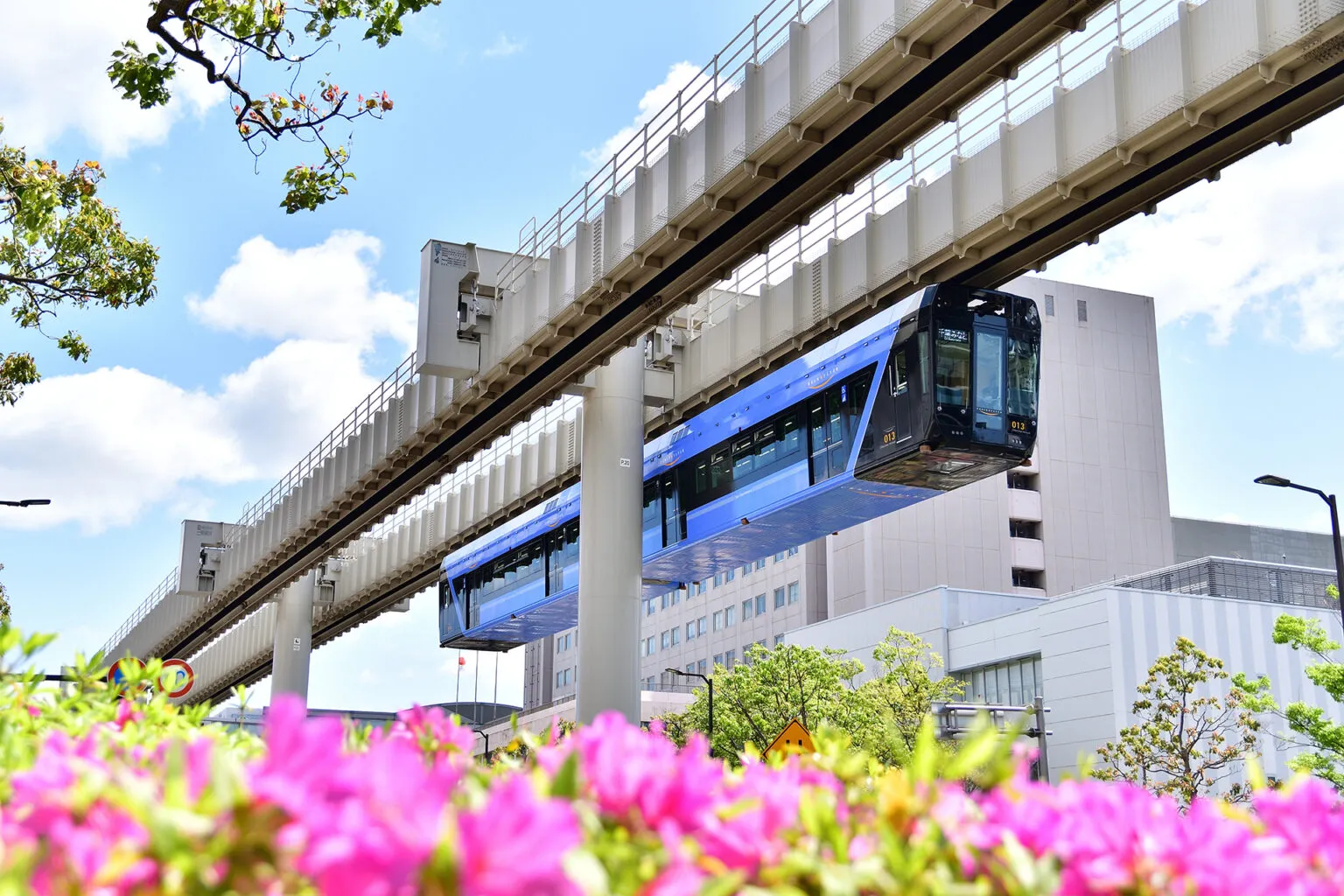
Things to Do | Visit Chiba | Latest update:2025/02/20
Contents
Chiba Urban MonorailChiba City Museum of ArtChiba ShrineChiba City Folk Museum AKA Chiba CastleTsubakimori Komuna and Chiba ParkNighttime at Chiba Port TowerChiba’s coastlines and countryside beckon most weekend vacationers from neighboring Tokyo, but the urban side of Chiba offers much to explore too. Chiba City, the capital of Chiba Prefecture, is just a short train ride from Tokyo (and on the way to Narita Airport), and offers a perfectly fun alternative to the sometimes overwhelming and overcrowded nature of places like Shibuya and Shinjuku. We’d even argue that you’ll see a more authentic side to Japanese city life here away from the throngs of Tokyo tourists. Below, we’ll introduce some of our favorite local spots around the city center, all of which are accessible by riding the extraordinary Chiba Urban Monorail.
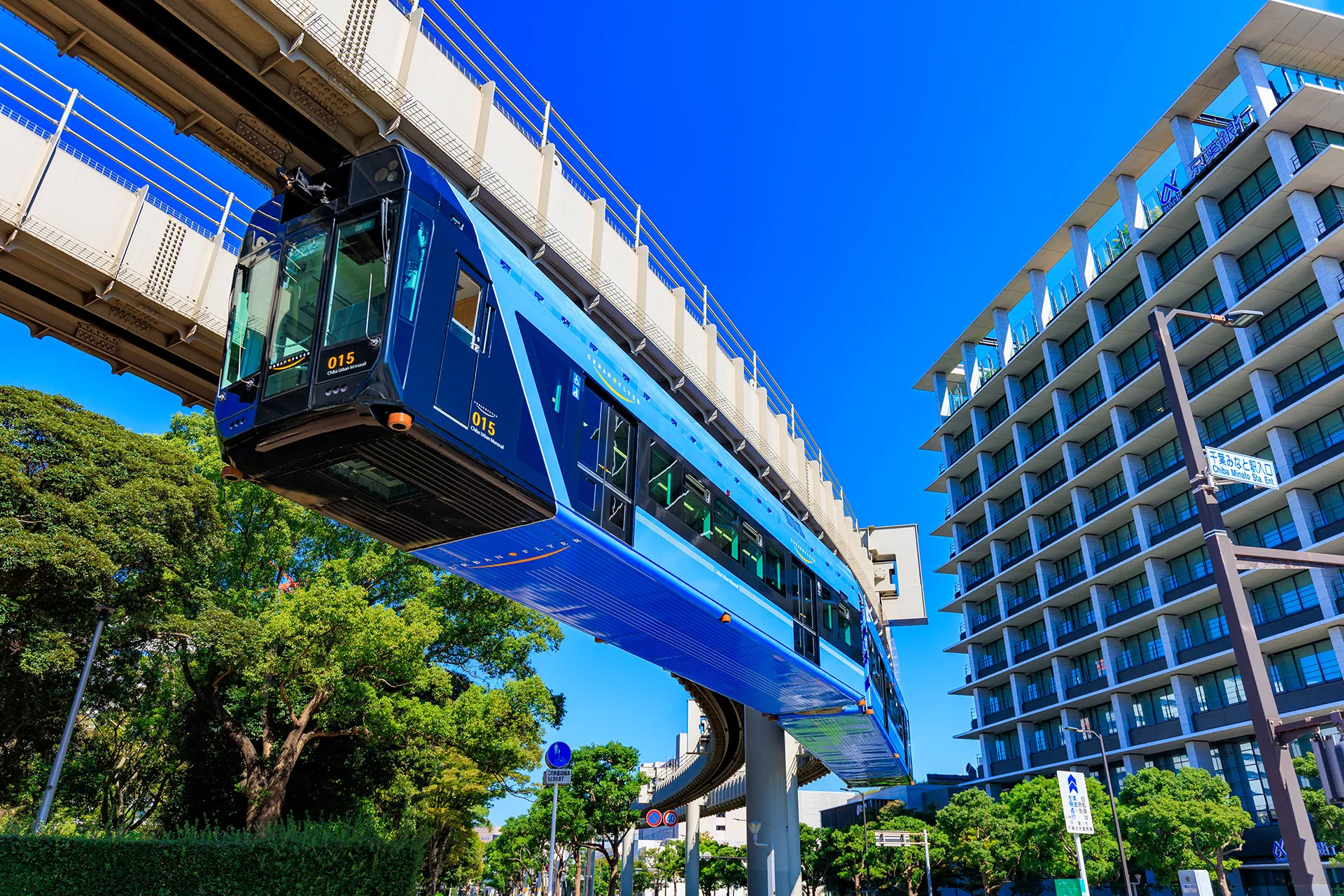
The best way to get around Chiba is on the Chiba Urban Monorail, which runs on a suspended monorail system, meaning the cars hang from the track–as opposed to riding above it! Chiba’s monorail was even certified by Guinness World Records as the world’s longest of its kind, with an operating distance of 15.2 km.
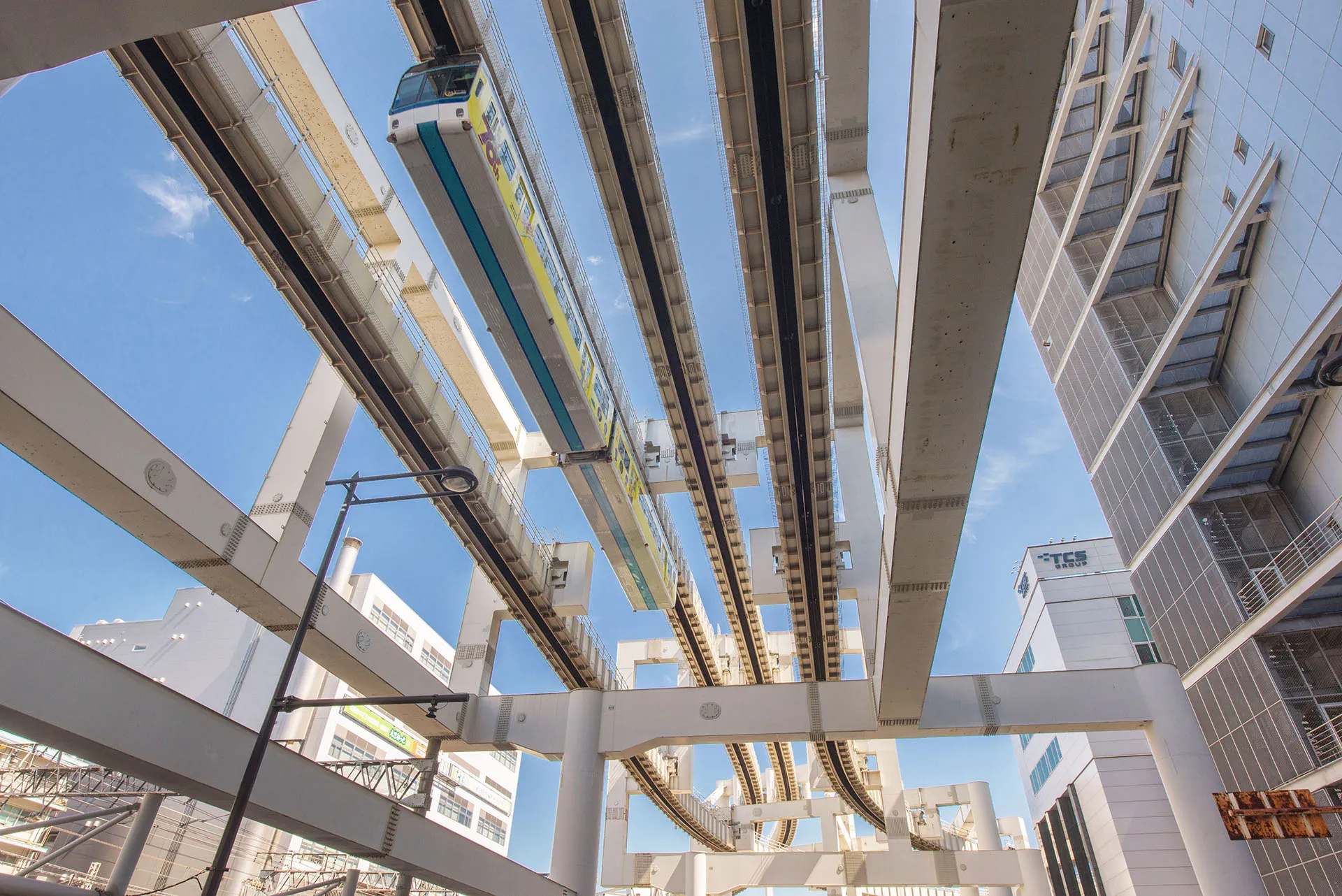
The easiest way to access the monorail is to transfer from the JR lines at Chiba Station, which offers connection points to the Chuo-Sobu Line, Sobu Main Line, Sobu Rapid Line, Narita Line, Sotobo Line and Uchibo Line. If you’re coming from Tokyo on the JR Keiyo Line, you can also board the monorail by transferring at Chibaminato Station.
Your options like karaoke, game centers, and restaurants will be abundant near Chiba Station, but how about some classical Japanese culture to start off with? The Chiba City Museum of Art features various works of artists from Chiba, and the permanent exhibit of Hanga (including Ukiyo-e) is a big draw for art enthusiasts. You will probably recognize Hanga as the iconic Japanese style made popular by depicting fantastical images of daily life in classical Japan, nature, and also geisha and Kabuki actors. The theme of this permanent exhibit changes depending on the season, so the art pieces can be regularly rotated and returned to safe storage.
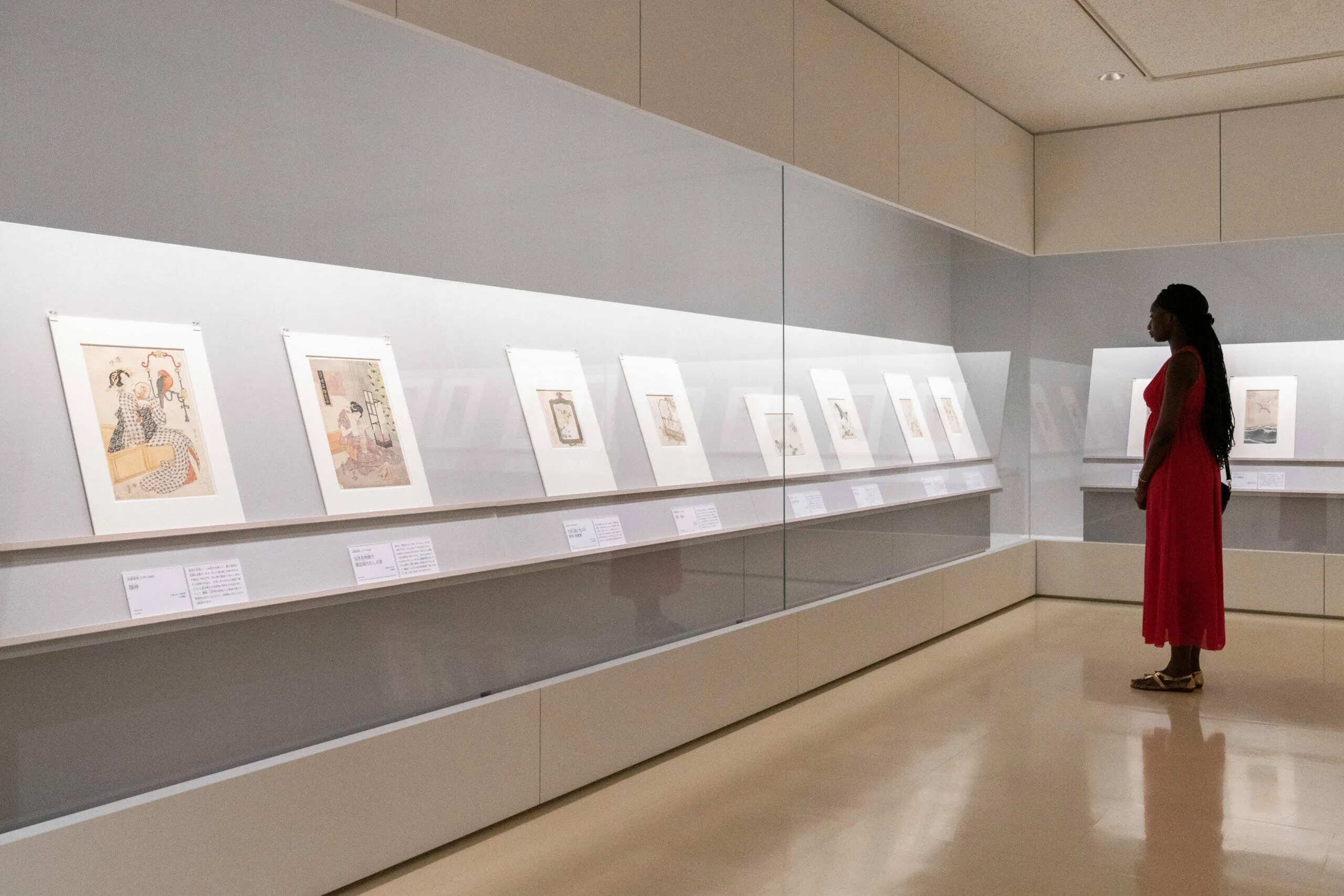
The museum building doesn’t just house art, its entrance hall is even a work of art itself. It dates back to before World War Two, and is in a sense preserving a physical place in Chiba’s history as well as that of the art that survived such a tumultuous time. This entrance hall is a former bank, and another living relic of Japanese architecture back when western design first began to become popular. Matakichi Yabe was the architect, and his work can also be seen preserved in the cities of Katori and Sakura in Chiba.
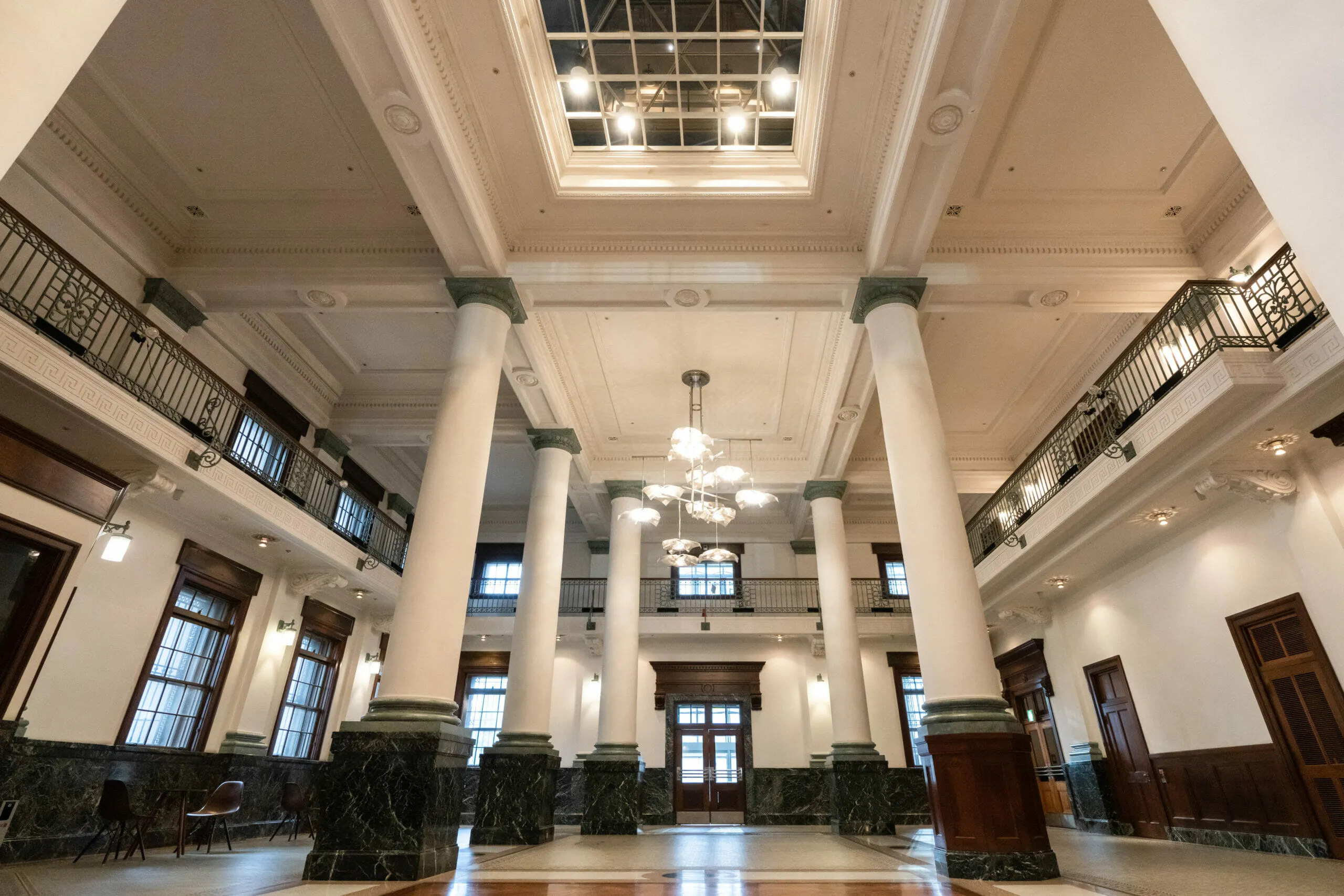
Access: About a 5-minute walk from Yoshikawakoen Station on the Chiba Urban Monorail, or a 10-minute walk from Keisei Chuo Station
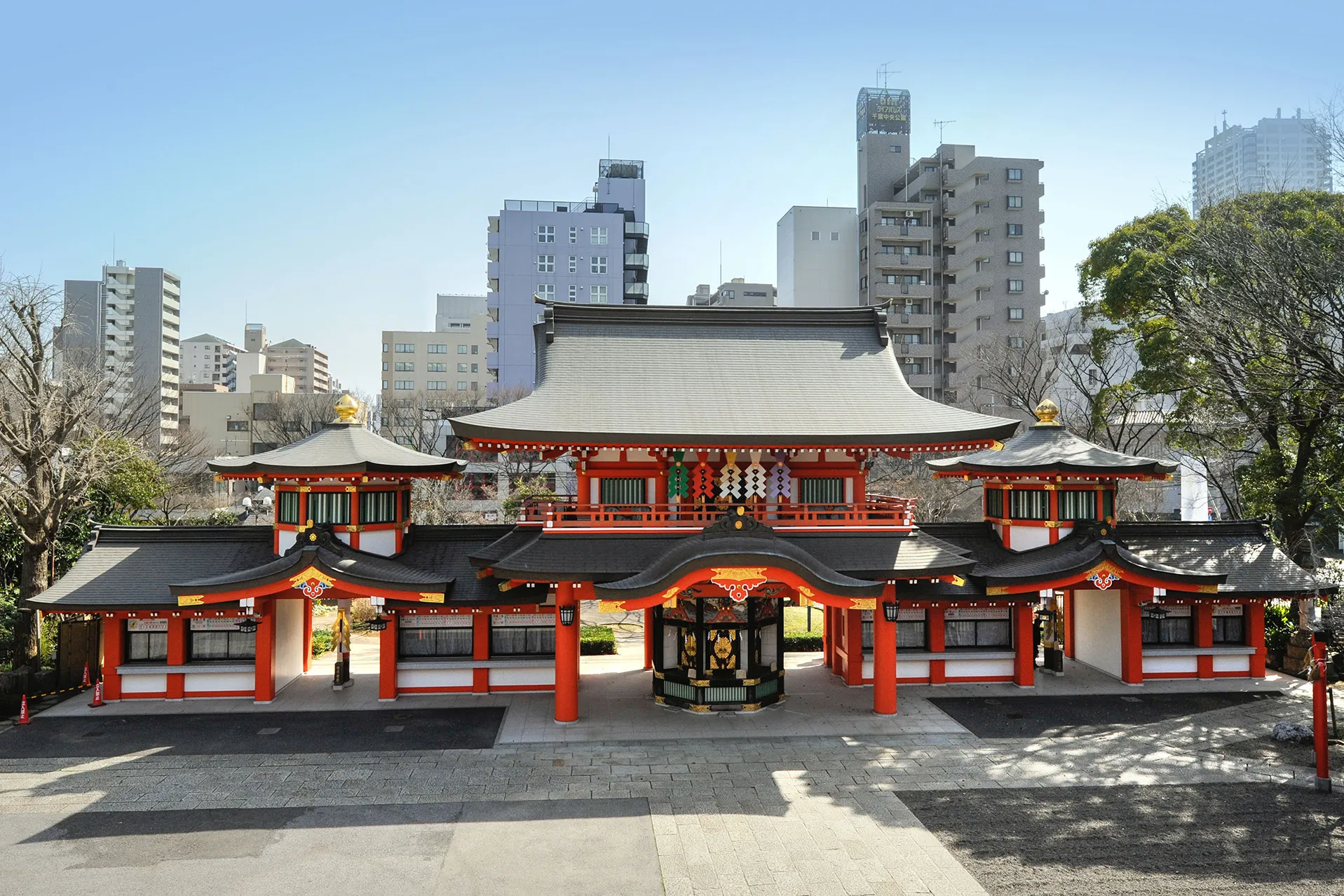
Located just down the street from the Chiba City Museum of Art is Chiba Shrine, a landmark with over a thousand years of history. Myoken, the North Star deity which the ancient Chiba Clan worshiped, is enshrined here and protects over the city. Unlike the major shrines in cities like Tokyo and Kyoto, where you’ll likely be funneled into a crowd of other tourists, you’ll be freer here to explore the shrine grounds and discover its hidden charms.
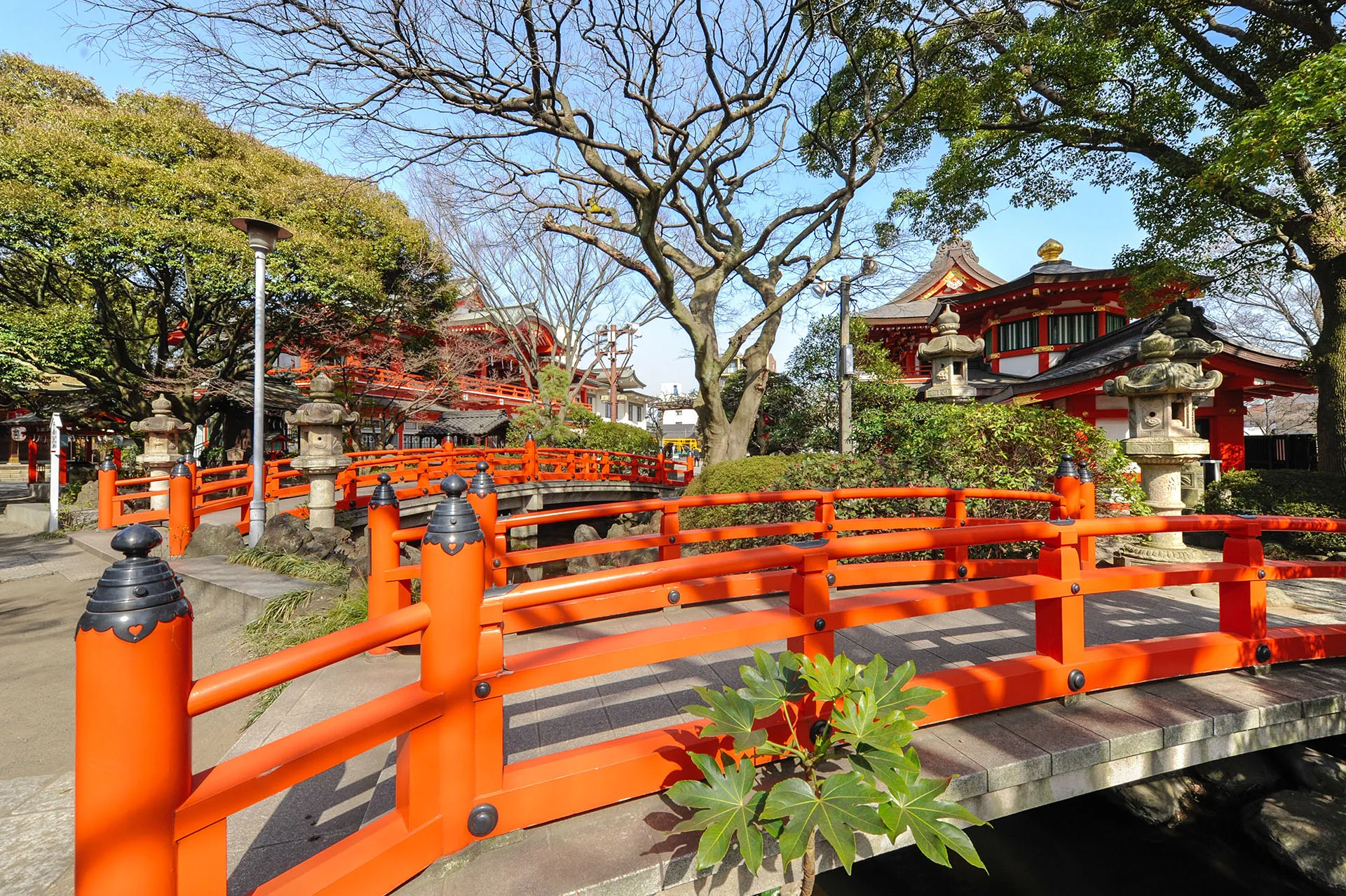
Access: A 7-minute walk from Yoshikawakoen Station on the Chiba Urban Monorail, or a 14-minute walk from Keisei Chuo Station
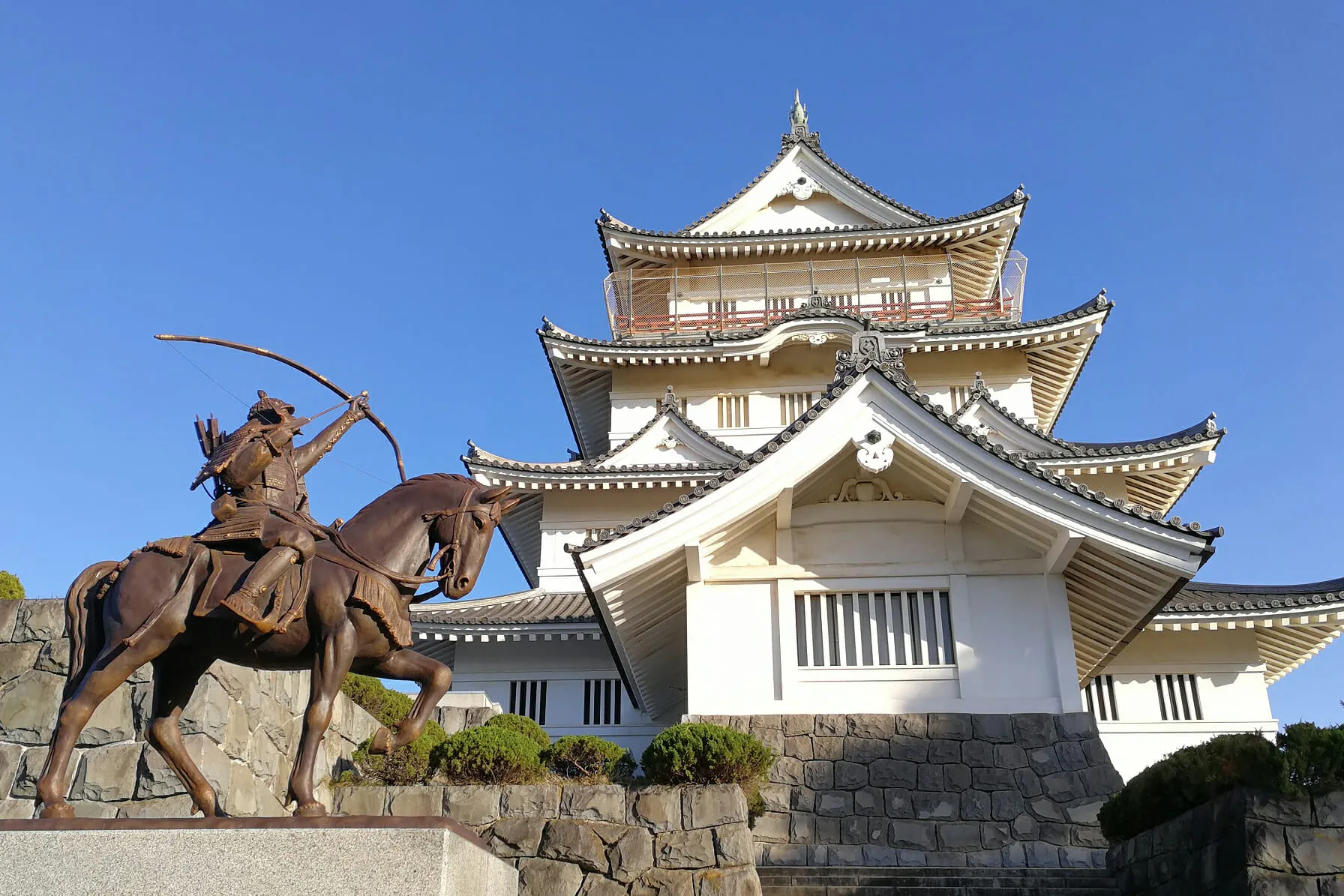
To learn more about the local history of Chiba, check out the Chiba City Folk Museum next. The museum was built to resemble a traditional Japanese castle, hence its nickname, “Chiba Castle.” The museum’s exhibits occupy five of the castle’s floors, featuring historical materials and artifacts related to Chiba City. On the top floor an observation deck awaits, offering a full panorama view of the city!
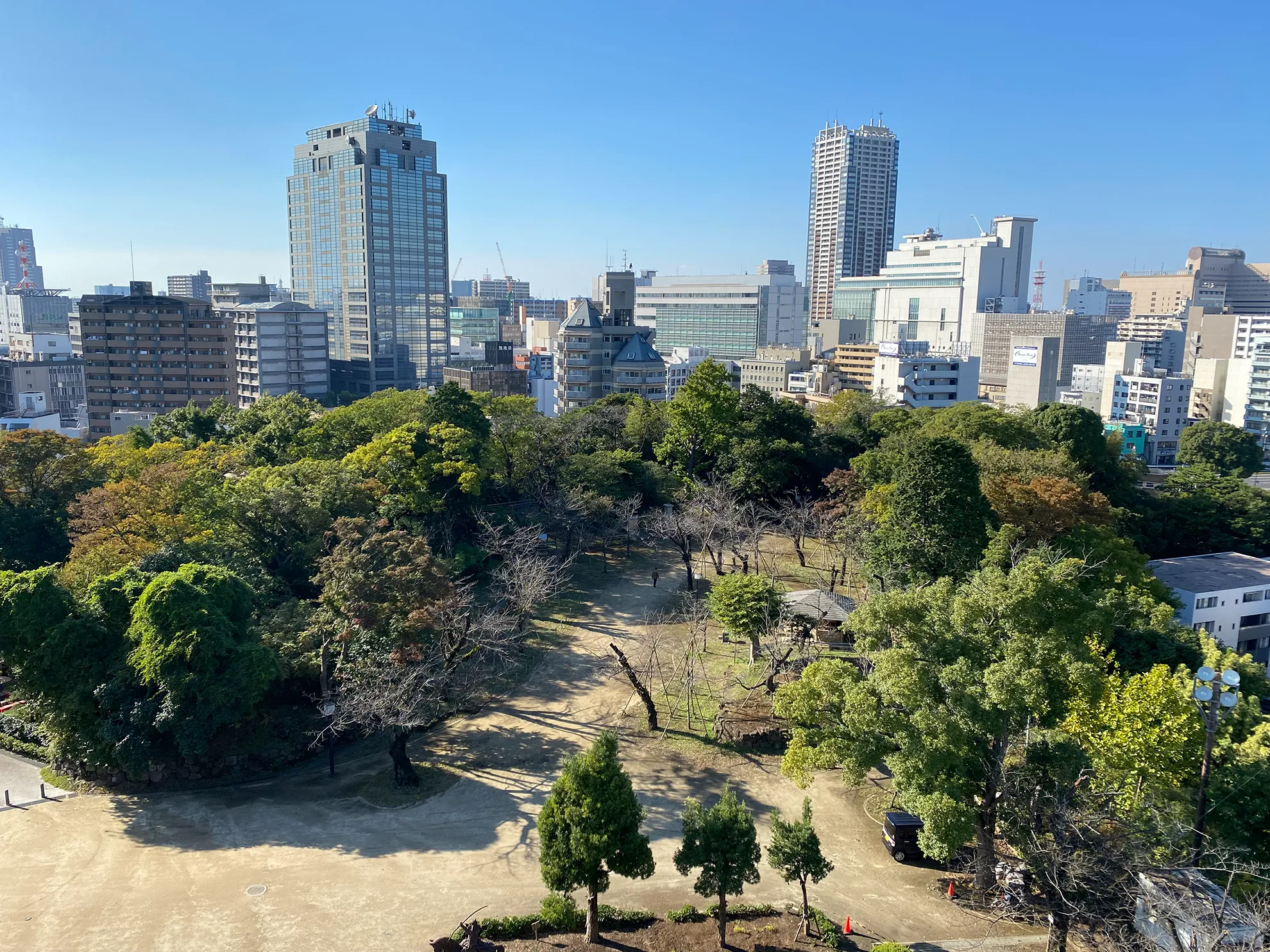
Access: About a 15-minute walk from Kencho-mae Station on the Chiba Urban Monorail or from JR Hon-Chiba Station
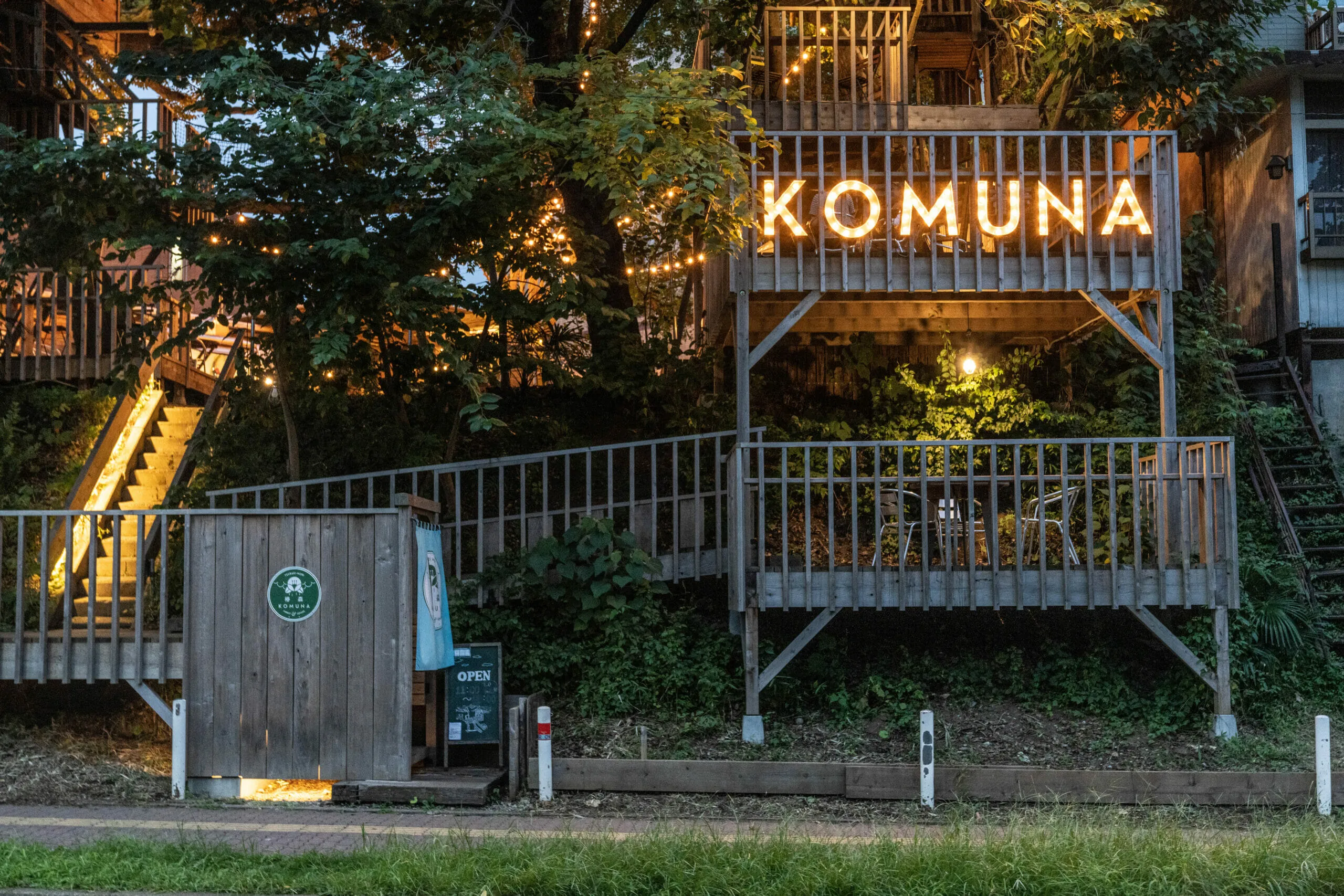
Next on our list is the “secret base” of Chiba Station, found not far from the station’s north exit. Tsubakimori Komuna is best described as a nook of nature that acts as a community gathering point. It’s an open area with a cafe and restaurant, but also marchés are held there. Sit in one of the tables and chairs around the property and admire the stylish natural layout, complete with tree houses and a connecting suspension bridge overhead.
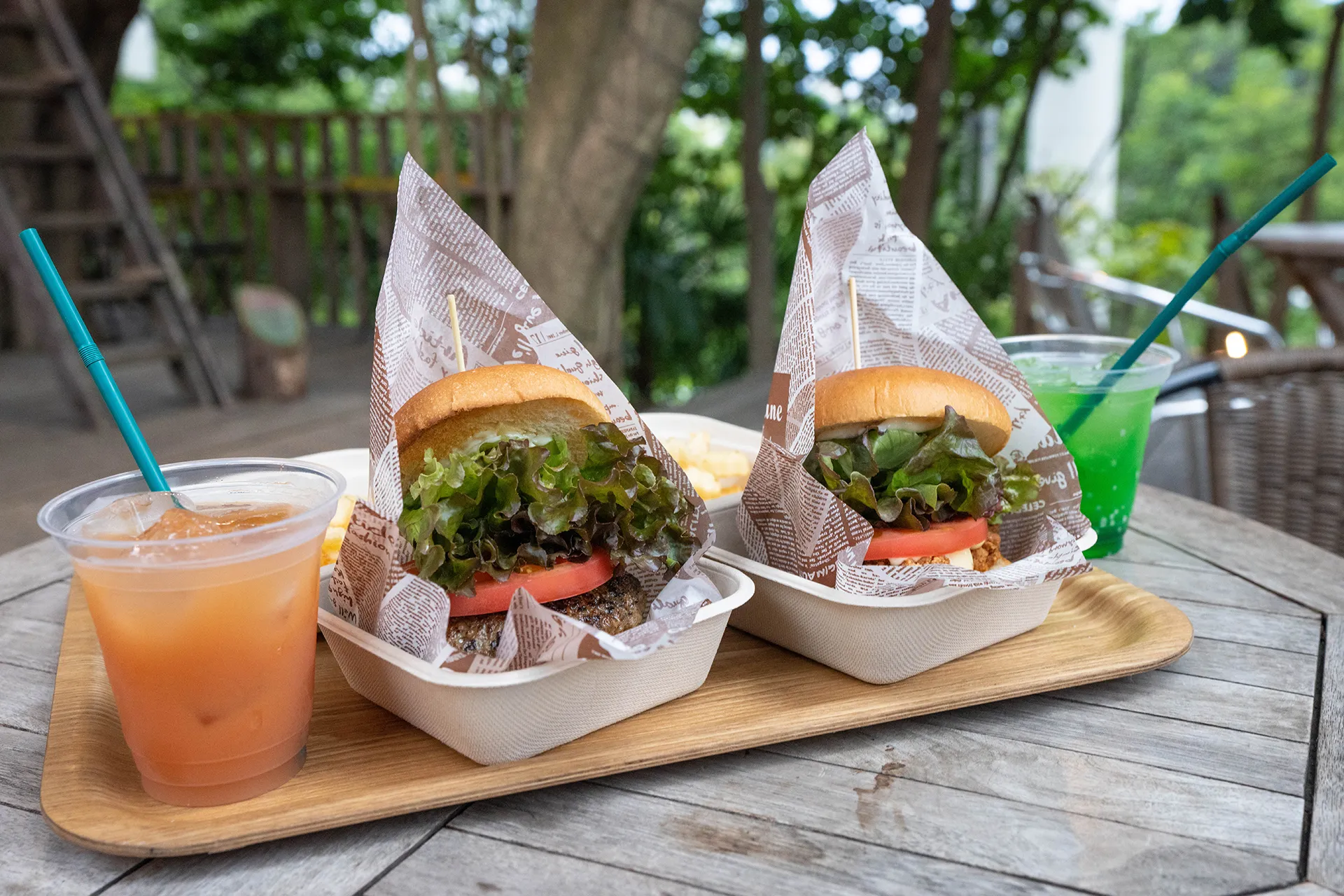
The food is reasonably priced and delicious, served out of an Airstream trailer refurbished into a fully functional kitchen. The gentle rays of sun shining through the trees make the food and drinks taste all the better in this cute forest oasis. After a satisfying meal, head up into the tree houses to relax and converse, using Komuna as a place of community and interaction as it’s intended.
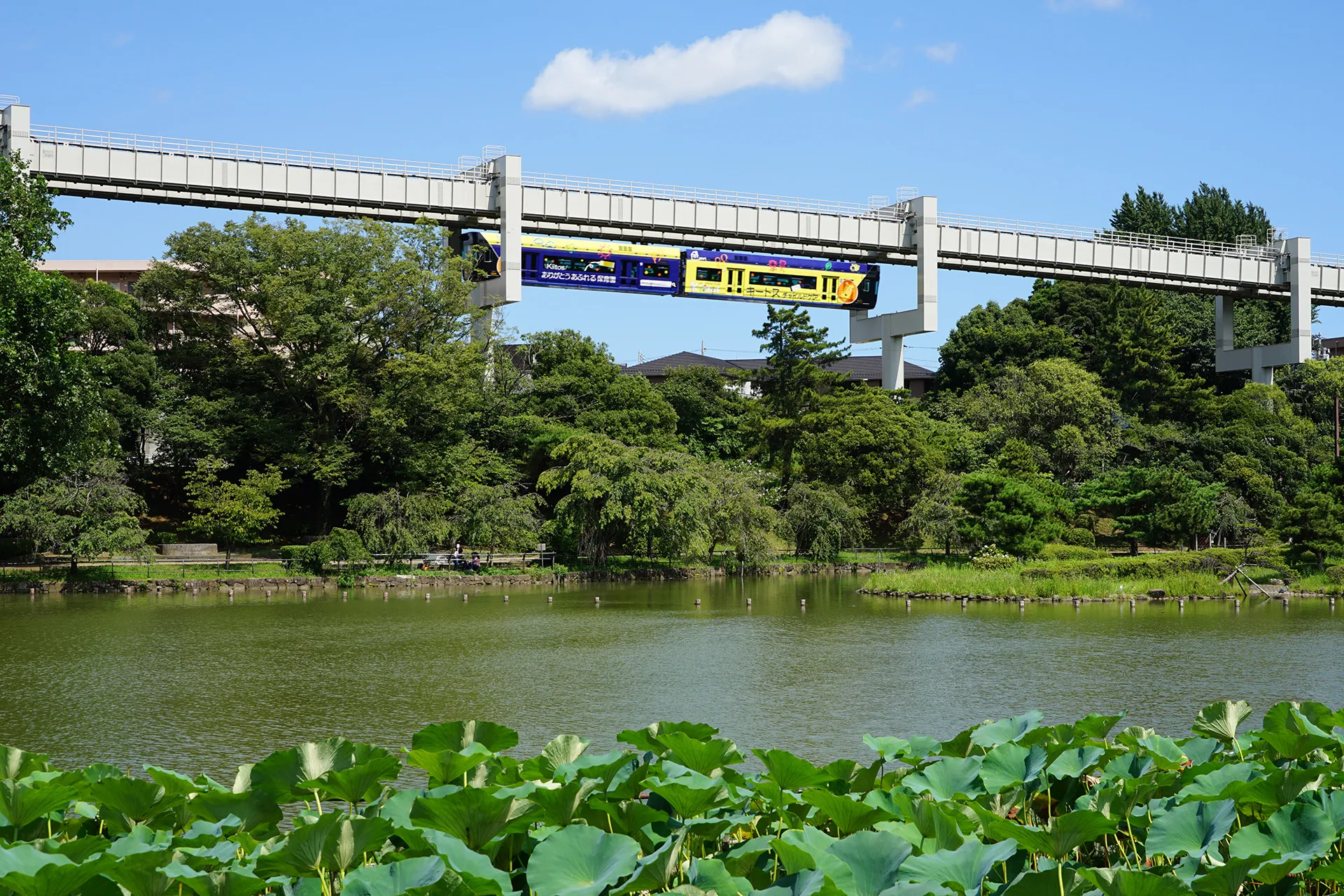
If you’re looking to stretch your legs a bit, head to Chiba Park located just across the street. You can take a stroll around the small pond within the park, or even paddle on it in a rental row boat. Chiba Park is also known for its seasonal displays, including cherry blossoms in spring, the maple leaves of fall, and the famed Ooga Hasu lotus flowers that bloom for a short time in early-summer.
Access: Tsubakimori Komuna and Chiba Park can be accessed via Chibakoen Station on the Chiba Urban Monorail, or a 10-minute walk from Chiba Station
Once evening time comes around, you can make your way to Chiba Port Tower, Chiba’s highest lookout point! While a bit more quaint than Tokyo Tower or Sky Tree, the souvenir shop on the bottom floor, and expansive views accentuated by the sea make it an experience you can only get here on the corner of Chiba’s main port. Like other lookout towers, you’ll have a panoramic view of the surrounding area, with coin operated binoculars at the most picturesque points.
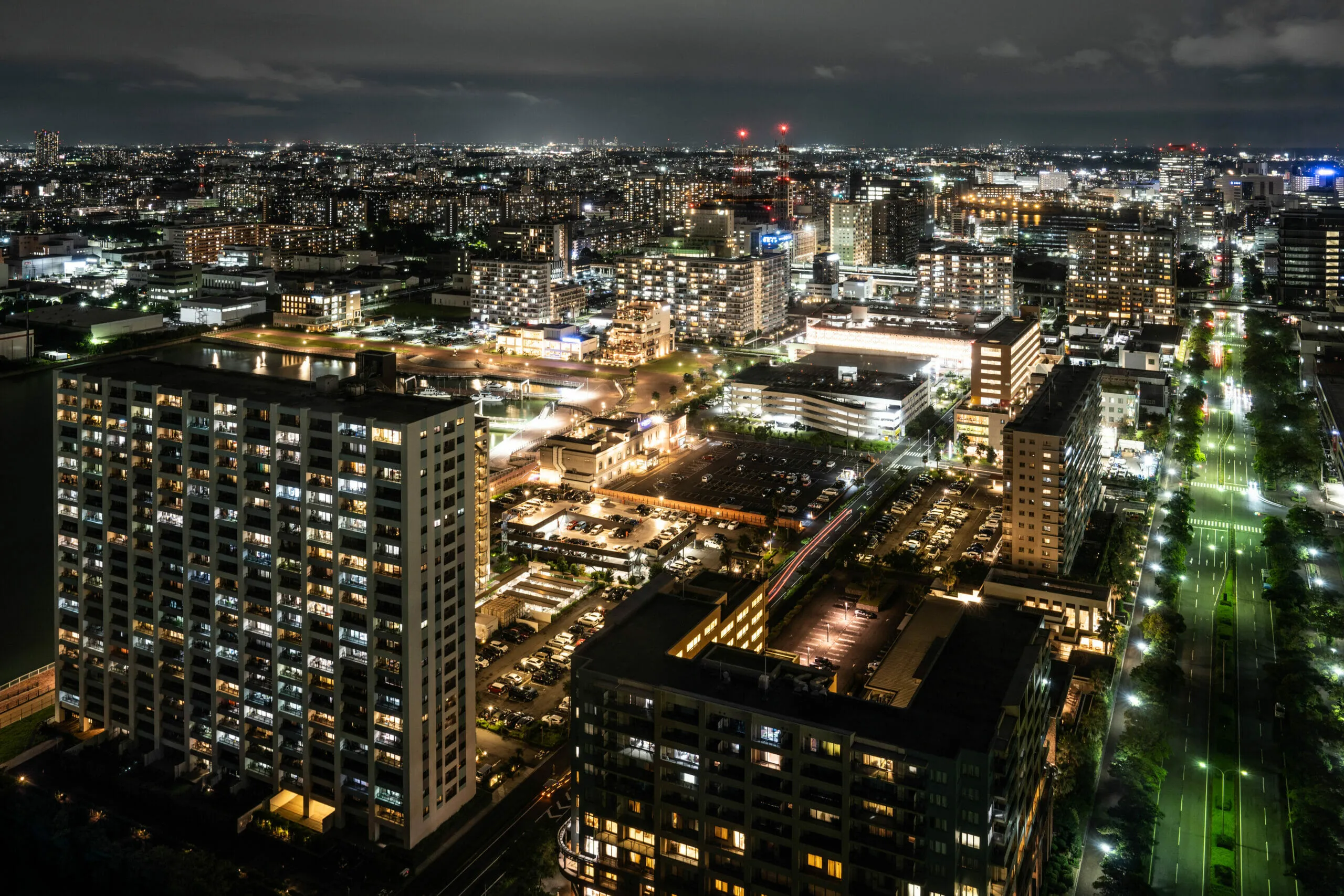
It’s a great vantage point, because you can see the dizzying expanse of Tokyo, and if you come on a clear evening, also far down Tokyo Bay and even as far as Mt. Fuji. Moreover, during the daytime you can see patches of green as the view spills out into the more rural side of Chiba to the east. With a restaurant just below the panorama floor, this 125-meter tower is a great way to get an eye-full of Chiba.
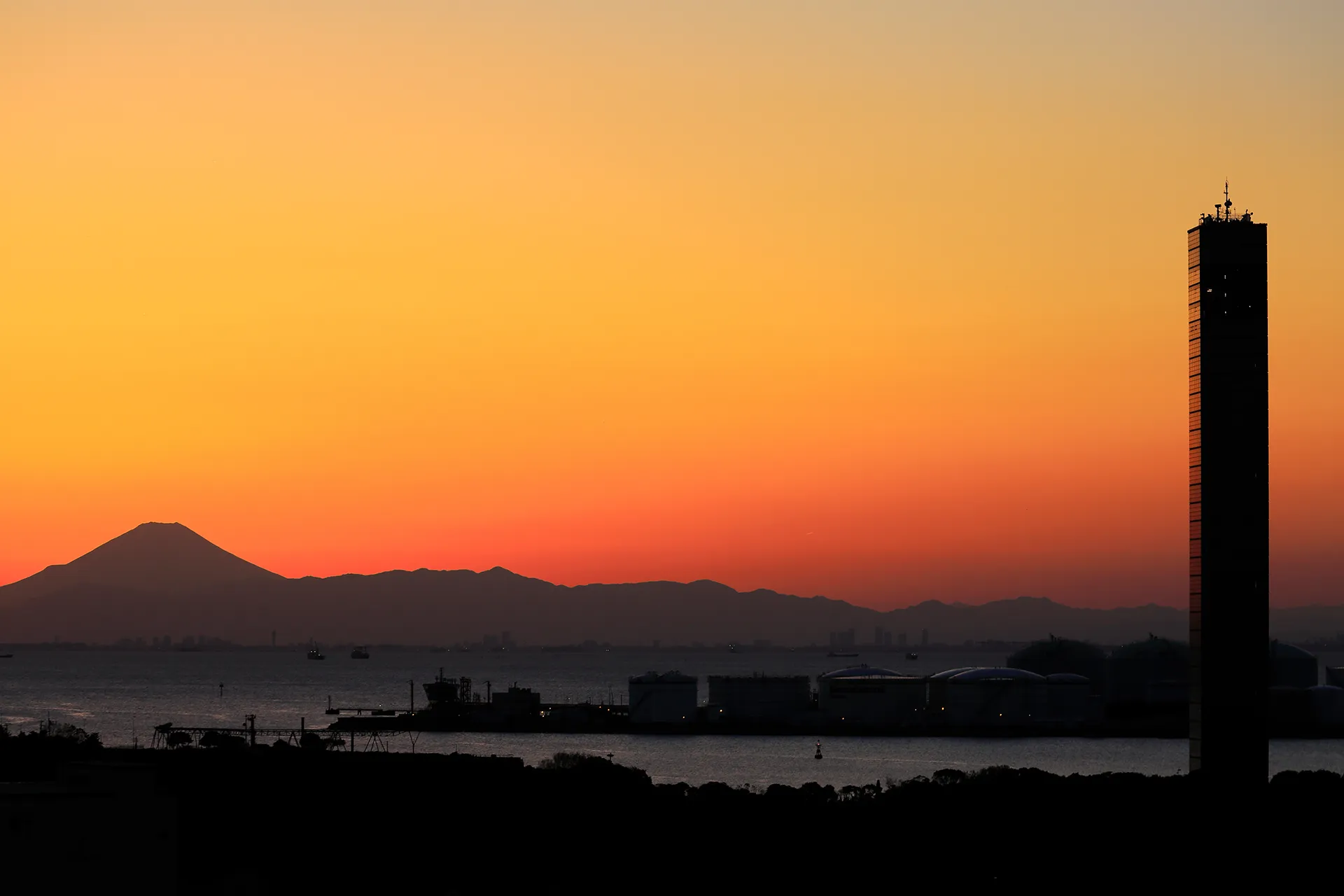
Access: A 12 minute-walk from Chibaminato Station on the Chiba Urban Monorail and the JR Keiyo Line
199-1 Hagidai Town, Inage-ku, Chiba City
(Major Stations: Chiba Station, Chibaminato Station, Tsuga Station, Kenchomae Station)
+81-43-287-8211
Accessibility
*Please note that not all stations are equipped with handicap toilets, ostomate restrooms, and written communication.
3-10-8 Chuo, Chuo Ward, Chiba City
(A 7-minute walk from Yoshikawakoen Station on the Chiba Urban Monorail, or a 10-minute walk from Keisei Chuo Station)
1-16-1 Innai, Chuo Ward, Chiba City
(A 7-minute walk from Yoshikawakoen Station on the Chiba Urban Monorail or a 14-minute walk from Keisei Chuo Station)
1-6-1 Inohana, Chuo Ward, Chiba City
(A 7-minute walk from Kencho-mae Station on the Chiba Urban Monorail, or a 10-minute walk from JR Hon-Chiba Station)
1-21-23, Tsubakimori, Chuo Ward, Chiba City
(A ten-minute walk from JR Chiba Station, or a five-minute walk from Chibakoen Station on the Chiba Urban Monorail)
3 Chome-1-1 Benten, Chuo Ward, Chiba City
(A 10-minute walk from Chiba Station, or just next to Chibakoen Station on the Chiba Urban Monorail)
Chiba Port Park 1 Chuo Minato, Chuo Ward, Chiba City
(Walk to this tower in just 12 minutes from Chibaminato Station on the Chiba Urban Monorail and the JR Keiyo Line )
+81-43-241-0125
Accessibility